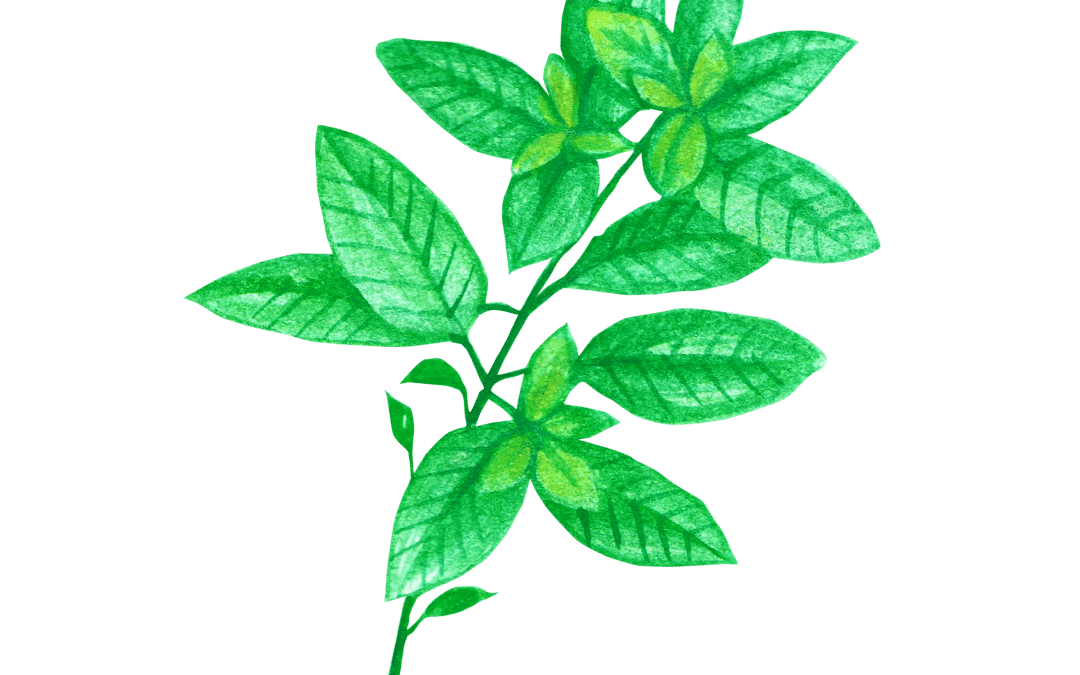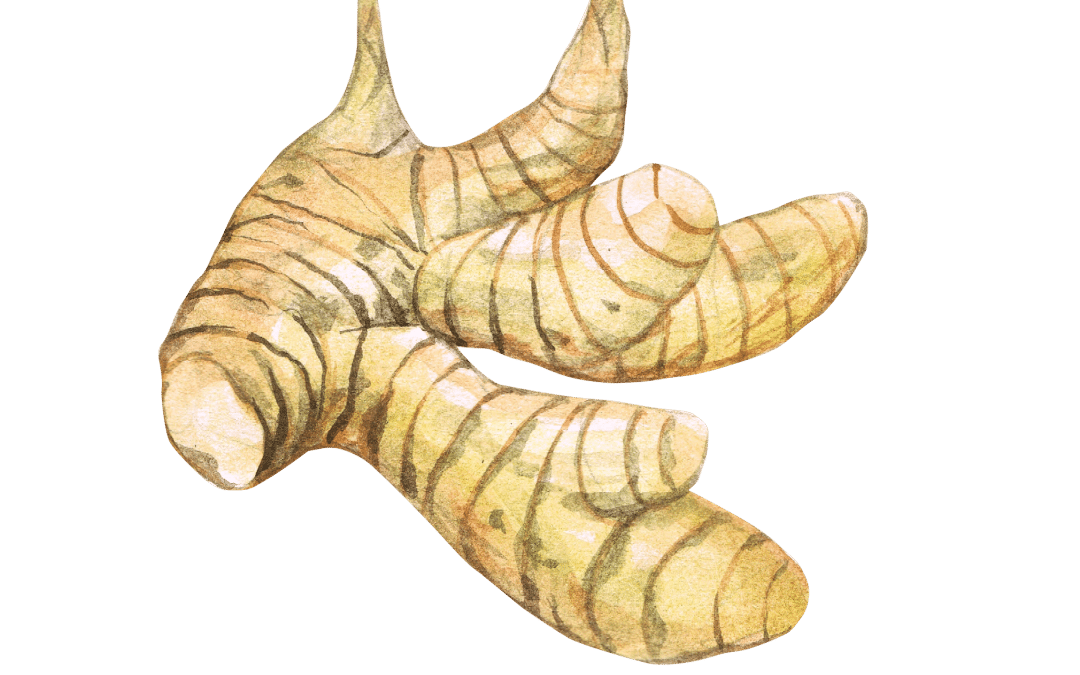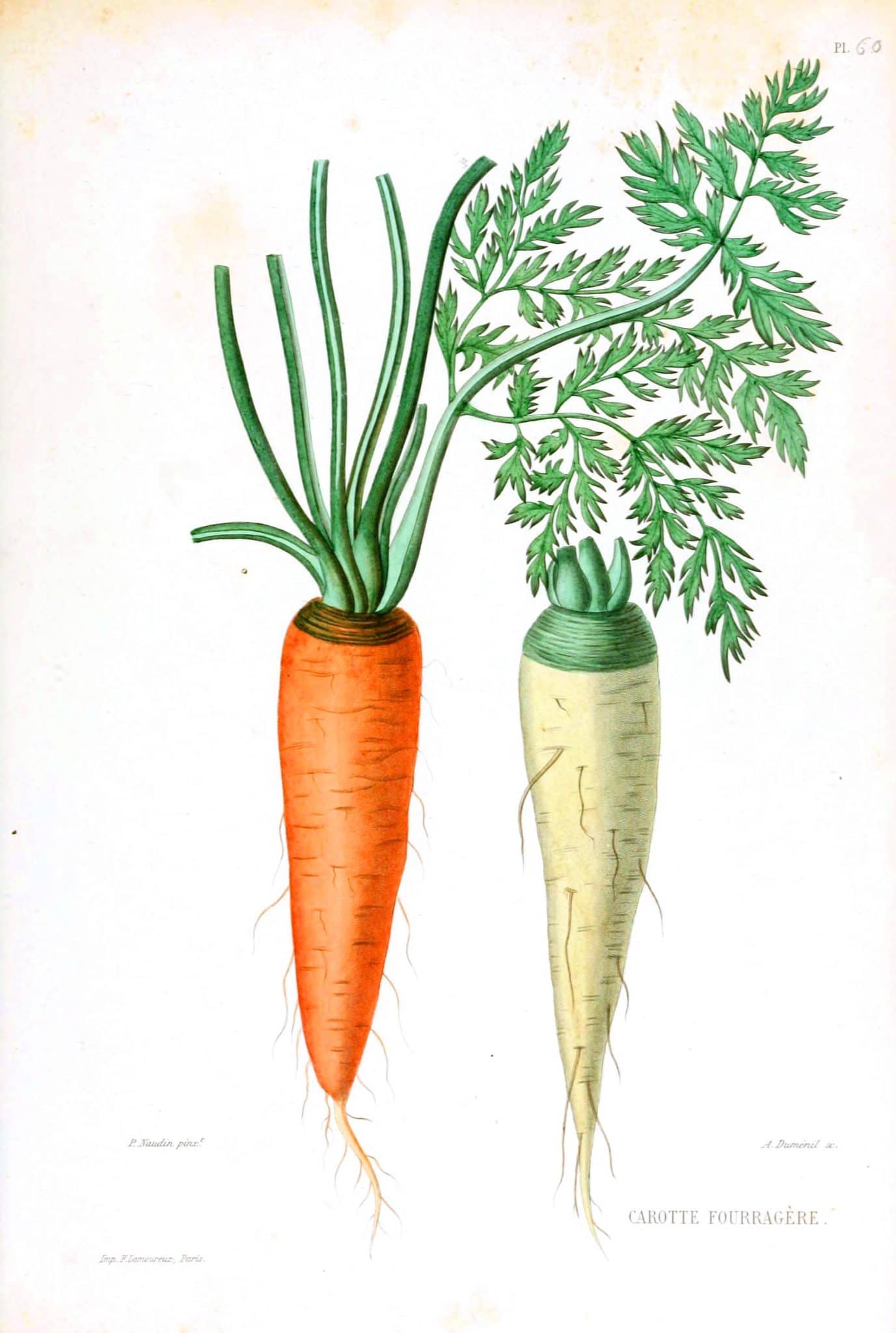When stress rises and brings on a headache, these three soothing herbs work together to calm the nervous system and relieve pain and tension in the head. Common kitchen basil is not only delicious in pasta and salad, but also makes a wonderful ingredient...

Basil & Chrysanthemum Tea for Headache and Stress
read more


